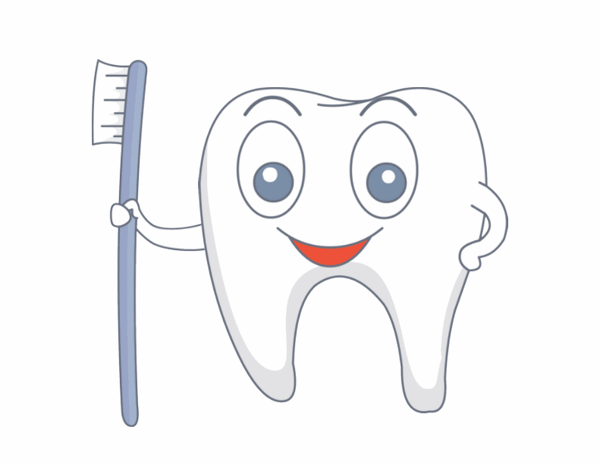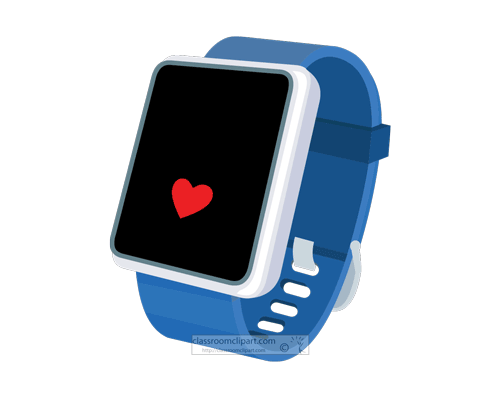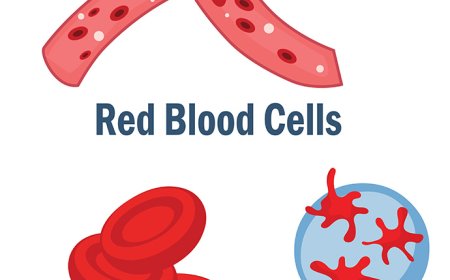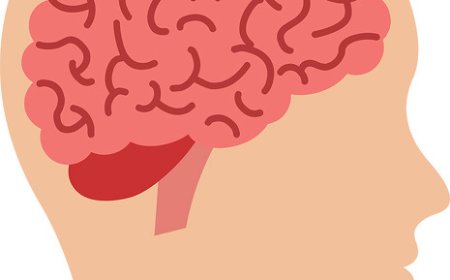Blood and Blood Types for Kids – What Makes Your Blood Special
Learn about blood and blood types for kids. Discover the parts of blood, the importance of blood types like A, B, AB, and O, and how they help your body.
🧠 Introduction: The River of Life
Your body is filled with a powerful red liquid that keeps everything working—blood. This incredible substance travels through your blood vessels, delivering oxygen, nutrients, and hormones to your cells and carrying away waste and carbon dioxide. Without blood, your brain, muscles, and organs couldn’t survive.
Blood also plays a vital role in fighting infection, healing wounds, and even keeping your body temperature balanced. It's part of the circulatory system, and it's always on the move, pumped by your heart through a network of arteries, veins, and capillaries.
In this article, you'll learn:
- What blood is made of
- The different types of blood cells and what they do
- Why blood types matter
- How blood helps protect your body
🧬 What Is Blood Made Of?
Blood may look like one liquid, but it’s actually made of several parts, each with its own important job. Blood is a mixture of cells and liquid.
The main parts of blood include:
1. Plasma – The Liquid Base
- Plasma is the yellowish fluid that makes up over half of your blood.
- It is mostly water, but it also contains proteins, sugars, salts, and hormones.
- Plasma helps carry nutrients, waste, and other substances through the body.
2. Red Blood Cells (RBCs) – The Oxygen Carriers
- Red blood cells give blood its red color.
- Their job is to carry oxygen from the lungs to the rest of the body.
- They also pick up carbon dioxide and bring it back to the lungs to be exhaled.
- RBCs contain a protein called hemoglobin, which helps carry oxygen.
3. White Blood Cells (WBCs) – The Body’s Defenders
- White blood cells are part of your immune system.
- They help fight off infections from viruses, bacteria, and other germs.
- There are several types of WBCs, each with its own way of attacking invaders.
4. Platelets – The Clot Makers
- Platelets are tiny pieces of cells that help your blood clot.
- When you get a cut, platelets stick together to stop the bleeding and form a scab.
- They are essential for healing wounds and preventing blood loss.
🧠 What Are Blood Types?
Not all blood is exactly the same. People have different blood types, and these are based on proteins found on the surface of red blood cells. Knowing your blood type is important for blood donations, transplants, and emergencies.
There are four main blood types in the ABO system:
Type A – Has A proteins on red cells
Type B – Has B proteins on red cells
Type AB – Has both A and B proteins
Type O – Has no A or B proteins (universal donor)
Each blood type is also Rh-positive (+) or Rh-negative (–) depending on another protein. That gives us 8 total blood types: A+, A–, B+, B–, AB+, AB–, O+, and O–.
🩸 Why Blood Types Matter
When someone needs a blood transfusion—like after an accident or during surgery—they must receive blood that matches their type. If the wrong blood type is given, the body can attack the new blood, which is dangerous.
O– is the universal donor, meaning almost anyone can receive it.
AB+ is the universal recipient, meaning people with this type can receive any other type.
Hospitals keep a supply of different blood types for emergencies, and blood donors help save lives every day.
🦠 How Blood Helps You Stay Healthy
Blood doesn’t just carry oxygen—it helps keep your entire body in balance.
Here’s how:
- Delivers nutrients to every cell
- Carries waste away so organs can remove it
- Fights germs using white blood cells and antibodies
- Clots wounds with platelets to stop bleeding
- Regulates temperature by moving heat around the body
- Transports hormones that control body functions
It’s like having your own team of delivery drivers, bodyguards, repair crews, and air conditioners traveling inside you all day long!
🧠 Vocabulary List
Blood The fluid that carries oxygen, nutrients, and waste throughout the body
Plasma The liquid part of blood that carries cells and other materials
Red blood cell (RBC) A cell that carries oxygen using hemoglobin
White blood cell (WBC) A cell that defends the body from infection
Platelet A small cell fragment that helps blood clot
Hemoglobin A protein in red blood cells that carries oxygen
Blood type A group that classifies blood based on proteins on red cells
Rh factor A protein that determines if blood type is positive or negative
Antibody A protein made by white blood cells to fight infection
Transfusion The process of giving blood to someone who needs it
⭐ Kid-Friendly Summary
Blood is the amazing fluid that moves through your body all the time. It brings oxygen and nutrients to your cells, fights off germs, and helps heal cuts. Blood is made of plasma, red cells, white cells, and platelets. People have different blood types, like A, B, AB, or O. Knowing your type is important for giving or receiving blood. Your blood keeps your whole body alive and healthy every second of the day!
🤯 Fun and Interesting Facts
- Your body has about 1.2 to 1.5 gallons of blood!
- Red blood cells live for about 120 days, then are replaced.
- Blood makes up about 8% of your body weight.
- The average adult has around 5 million red blood cells in a single drop of blood.
- One blood donation can save up to 3 lives!
❓ Interactive Quiz: Blood Basics
1. What is the main job of red blood cells?
A. Fight off infections
B. Carry oxygen
C. Make hormones
D. Clean the lungs
2. Which part of the blood helps stop bleeding?
A. White blood cells
B. Plasma
C. Platelets
D. Red blood cells
3. What makes up the liquid part of blood?
A. Hemoglobin
B. Plasma
C. Iron
D. Oxygen
4. What is the universal donor blood type?
A. AB+
B. A+
C. B–
D. O–
5. Why are white blood cells important?
A. They carry food
B. They produce oxygen
C. They fight germs and protect you from getting sick
D. They help the heart beat





















































